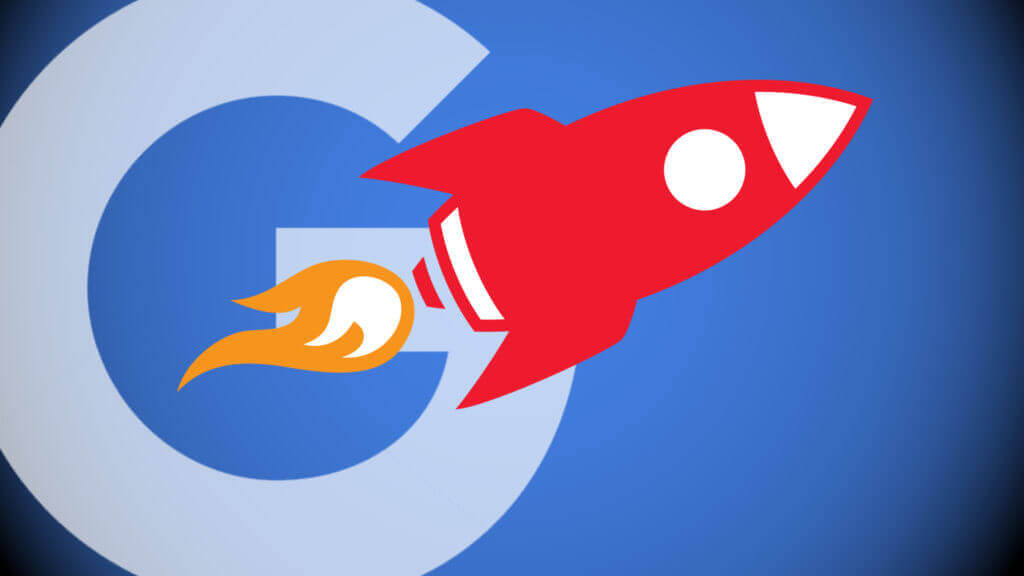
Advertising hotels through email have always been a tricky proposition. To do so effectively requires the dissemination of useful and attractive information, and the volatility of the space makes this a difficult challenge.
NB: This is an article by Koddi
Frequently changing hotel rates, availability and offers have historically limited a travel brand’s abilities to market via a static medium like email efficiently. With Google’s dynamic emails, that limitation could be lifted and may create new marketing channels.
What We Know Today
On February 13th, in a blog post by Aakash Sahney (Product Manager, Gmail), Google shared a developer preview of “AMP for Email.” AMP stands for Accelerated Mobile Pages; an open-source framework developed to make mobile pages load faster. That framework is now being used to improve the email experience.
The big idea behind AMP for email is that it allows for the creation of a more engaging experience. Developing an interactive and web-like experience means that emails could reproduce the functionality one would previously expect to find only on a website or in an app. The advantage of this experience existing in your email is that it is all self-contained in one location. Participation does not require you to navigate to a specific site or download an application.
Furthermore, information contained in emails could be updated in real-time. Example uses include RSVPing to an event, scheduling an appointment, or filling out a questionnaire. Flight confirmation emails are another great use case for this technology. Gate changes and flight delays could be reflected in the confirmation email in real-time, ensuring that the information never goes stale.
While the AMP for email spec is available today, it will not receive support from Gmail until later this year.
How Could This Be Used for Travel?
There are so many ways this could be used in travel, hundreds of which we haven’t even thought of yet. Five things we might expect to see would include:
Real-time pricing and availability – Hoteliers could advertise specific properties, deals, and rates without risking the dissemination of bad information. As availability and rates change, so would the emails, meaning that regardless of when the user opens the email, the information would be accurate
The creation of a contained booking experience – Anytime you can remove friction in the booking experience, an improvement in conversion will follow. AMP for email could be used to create a booking experience that could be completed all via emails, without requiring the user to visit a website.
Actionable A/B testing – Frequent testing reveals the most effective approaches to marketing. A by-product of this testing is that at least some of your users will receive a suboptimal experience – that is unless you could update specific content in real-time. Imagine testing two subject lines and quickly discovering that one had a 50% higher open rate, or a deal with a 20% higher conversion rate. In the future, you may be able to optimize and update emails that are already sent with this information.
User updates via email – Need to make a last-minute change or request to your reservation? Maybe a guest wants to request late check out or add breakfast to his booking. Advertisers could enable this functionality in email, meaning users no longer have to track down a phone number or log in to an app or website. They could send the request and receive confirmation all in one email.
Proactive marketing – A dynamic experience could mean the creation of proactive marketing channels within emails. Flight has been delayed, or you just booked your flight? Not only could that update be seen in the confirmation email, but it could also include advertisements featuring deals on nearby hotels, restaurants, and attractions. It could even be possible to book another experience within the confirmation email.
It will be exciting to see what new technology stems from this update to email.




